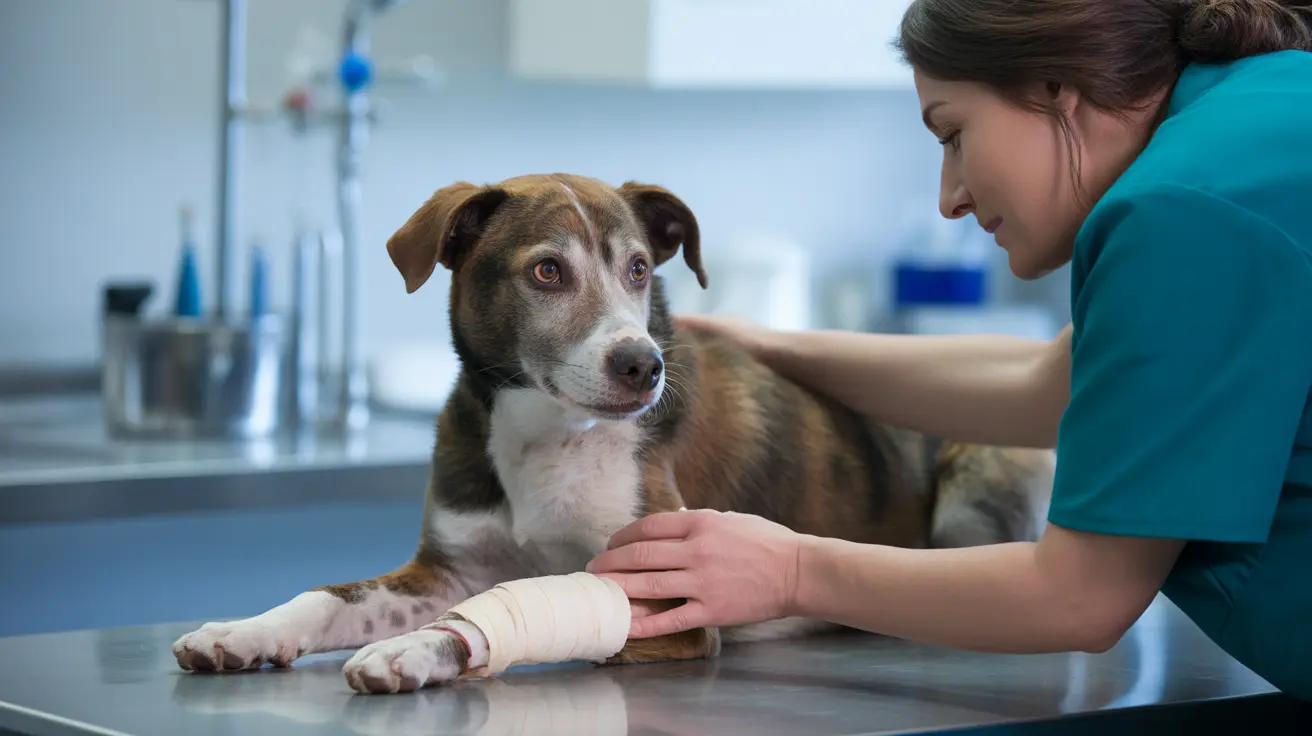A heartbreaking case of animal abuse turned into a story of hope and healing when a dog with a gunshot wound was discovered tied to an animal shelter's fence. The injured canine, now named AppleButter, received immediate emergency veterinary treatment for critical wounds, showcasing the vital importance of prompt medical response in cases of severe animal trauma.
The incident, which occurred at a local animal shelter, highlights the ongoing challenges faced by animal welfare organizations and the critical role of emergency veterinary care in saving injured pets. AppleButter's discovery led to an immediate mobilization of veterinary resources to provide life-saving treatment.
Animal Shelter Security Measures
The discovery of AppleButter has prompted discussions about enhanced security protocols at animal shelters. While the circumstances of this case are disturbing, it underscores the importance of proper surveillance and monitoring systems to protect vulnerable animals and prevent similar incidents.
Community Support for Abused Pets
The local community's response to AppleButter's situation demonstrates how public support can make a crucial difference in animal abuse cases. Through coordinated efforts and awareness, communities can help ensure injured animals receive the care they need while supporting the facilities that provide these essential services.
Signs of Animal Cruelty
Understanding the indicators of animal abuse is crucial for prevention and intervention. While AppleButter's case involved obvious trauma, many signs of abuse can be more subtle:
- Unexplained injuries or wounds
- Signs of neglect or poor physical condition
- Behavioral changes indicating fear or distress
- Evidence of abandonment or unsafe containment
Veterinary Emergency Care Costs
Emergency veterinary treatment for dogs, especially in cases of severe trauma like gunshot wounds, often involves significant expenses. These may include:
- Initial emergency stabilization
- Diagnostic imaging
- Surgical intervention when necessary
- Post-operative care and medication
- Recovery monitoring and follow-up treatment
Protecting Animals from Abuse
Prevention remains the best approach to animal welfare. Communities can work together to:
- Report suspicious activity to proper authorities
- Support local animal welfare organizations
- Advocate for stronger animal protection laws
- Participate in community awareness programs
Frequently Asked Questions
What emergency care is required for a dog with a gunshot wound?
Emergency veterinary care typically includes immediate stabilization with IV fluids, thorough wound assessment and cleaning, appropriate antibiotics, pain management, and possible surgical intervention depending on injury severity. Each case requires individualized treatment based on the specific wound characteristics and the animal's condition.
How do animal shelters protect dogs from abuse and abandonment?
Animal shelters employ multiple security measures including video surveillance systems, secure fencing, alarm systems, proper lighting, and controlled access protocols. Staff training and regular security assessments help ensure the safety of all animals in their care.
What should I do if I suspect my dog has been injured or abused?
If you discover an injured animal, first ensure your safety and the animal's safety. For serious injuries, including suspected gunshot wounds, seek immediate emergency veterinary care. Minor wounds should be cleaned and assessed by a veterinarian, while any suspected abuse should be reported to local animal protection authorities.
The road to recovery for injured animals like AppleButter relies on the swift action of caring individuals and the dedication of veterinary professionals. Through continued community support and vigilance, we can work together to prevent animal abuse and ensure proper care for pets in need.
Remember, if you witness animal abuse or discover an injured animal, contact your local animal protection services or emergency veterinary facility immediately. Every moment counts when it comes to saving an injured pet's life.






